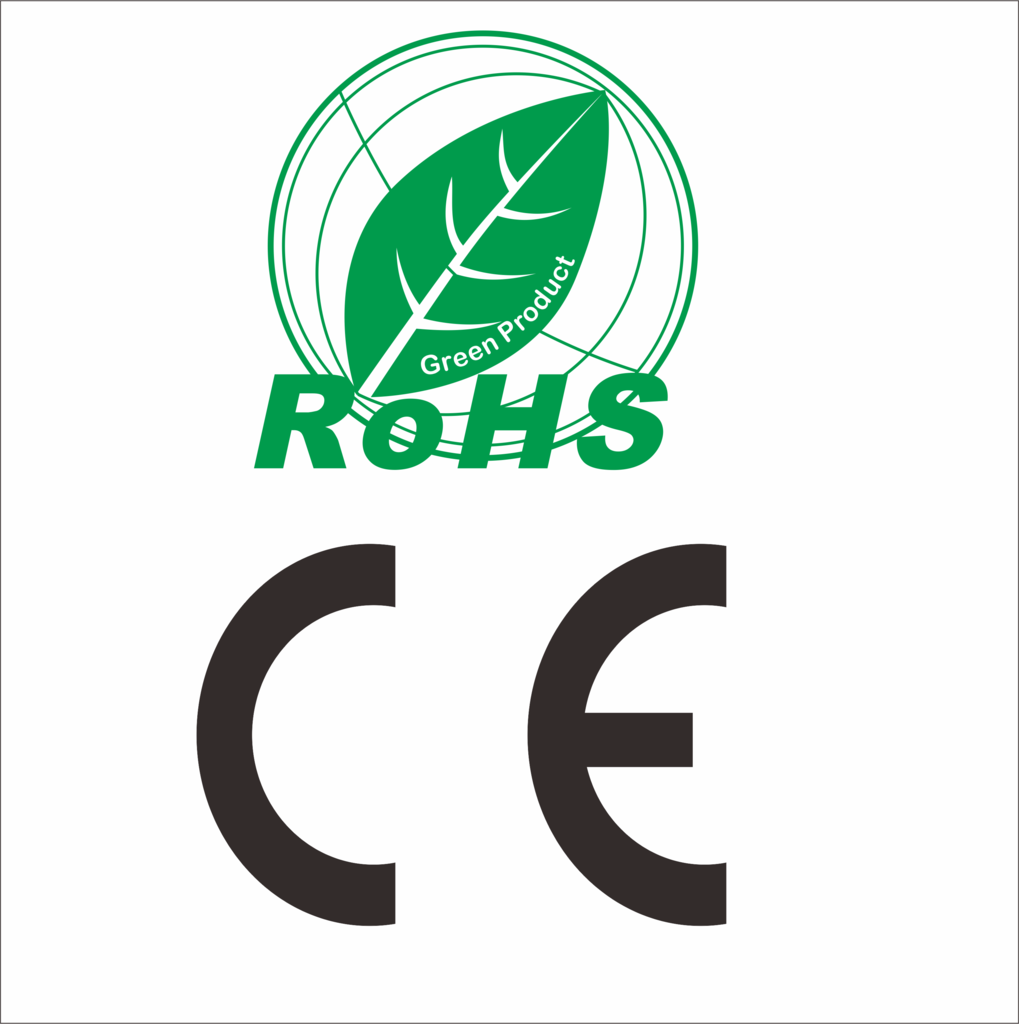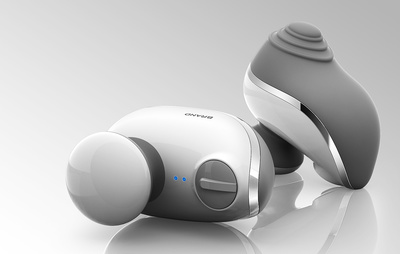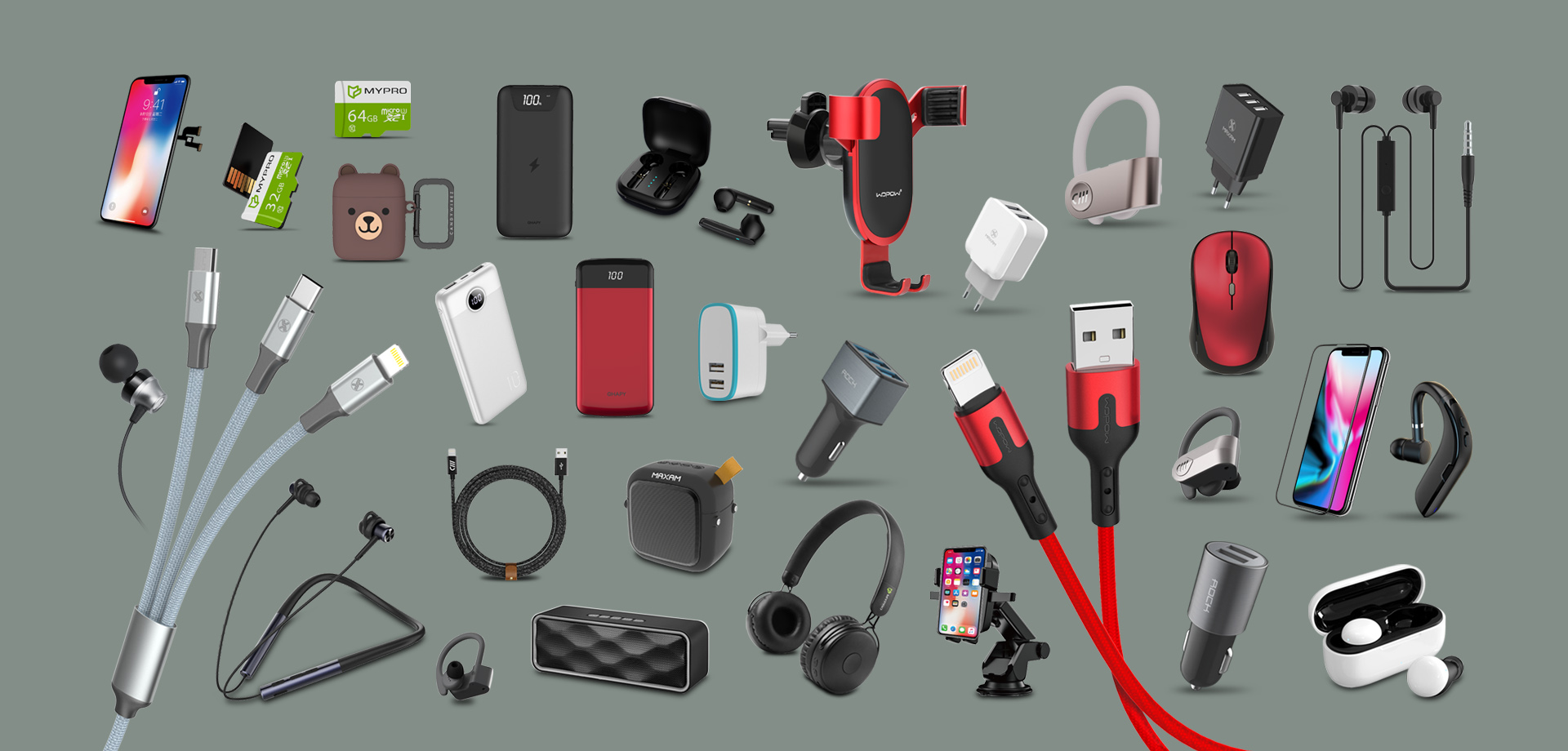Exporting electronic products to Western markets is not just about delivering the right technology—it also requires compliance with a range of strict regulations. As environmental concerns and consumer safety standards continue to evolve, so do the regulatory requirements for electronic devices. In 2024, exporters to the US and EU face updated compliance mandates, including enhanced scrutiny under RoHS, CE marking, FCC certification, and more.
This guide provides an in-depth look at the latest compliance requirements for exporting electronics to these key markets and practical steps to ensure your products meet them.
- EU Compliance Requirements
The European Union has some of the world’s most stringent regulations for electronic products. Failure to comply can result in fines, product recalls, or a ban from the EU market. Key regulations include:
1.1 CE Marking
The CE (Conformité Européenne) mark is mandatory for most electronic devices sold in the EU.
Scope: Covers electrical and electronic equipment (EEE), such as mobile phones, laptops, and household appliances.
Purpose: Confirms that the product complies with EU health, safety, and environmental standards.
How to Obtain:
Conduct a conformity assessment (may involve third-party testing for certain products).
Compile a technical file with documentation like schematics, test reports, and user manuals.
Draft an EU Declaration of Conformity (DoC) confirming compliance.
Affix the CE mark to the product.
1.2 RoHS Directive
The Restriction of Hazardous Substances (RoHS) Directive limits the use of certain toxic materials in electronics, including lead, mercury, cadmium, and hexavalent chromium.
2024 Updates: New restrictions on PFAS (per- and polyfluoroalkyl substances) and stricter enforcement on product traceability.
Testing: Products must be tested for hazardous substances by an accredited lab.
1.3 WEEE Directive
The Waste Electrical and Electronic Equipment (WEEE) Directive aims to reduce electronic waste by requiring manufacturers to provide proper recycling options.
Responsibility: Exporters must register with a WEEE compliance scheme and label products with the WEEE symbol (a crossed-out wheeled bin).
- US Compliance Requirements
The United States enforces its own set of regulatory standards for electronic devices. Here are the most relevant ones for 2024:
2.1 FCC Certification
The Federal Communications Commission (FCC) regulates devices that emit radio frequency energy, including smartphones, Wi-Fi routers, and IoT gadgets.
Key Steps to Obtain FCC Certification:
Test the device in an FCC-accredited lab for electromagnetic interference (EMI).
Submit test reports to the FCC.
Mark the product with the FCC logo.
FCC Part 15: Applies to unlicensed radio frequency devices (e.g., Bluetooth headphones, smart speakers).
2.2 Energy Star Certification
While not mandatory, Energy Star certification is highly recommended for energy-efficient products like refrigerators, air conditioners, and computers.
Benefits: Boosts marketability by appealing to environmentally conscious consumers and qualifying for government rebates in some regions.
2.3 UL Certification
Underwriters Laboratories (UL) certification is not legally required but is widely accepted as a standard for product safety in the US. Many retailers and distributors require UL certification before stocking products.
- Key Differences Between EU and US Compliance
Aspect EU (CE/RoHS) US (FCC/Energy Star)
Focus Environmental standards, safety Electromagnetic interference, safety
Marking Requirement CE marking on all products FCC marking for applicable devices
Testing Requirements Some CE self-certification allowed Third-party FCC lab testing required
- Steps to Ensure Compliance
Partner with Accredited Testing Labs:
Work with internationally recognized labs in China (e.g., SGS, TUV Rheinland) to ensure products meet CE, RoHS, and FCC standards.
Maintain Comprehensive Documentation:
Keep technical files organized, including schematics, test reports, and product labels.
Monitor Regulatory Updates:
Stay informed about new amendments to RoHS, WEEE, and FCC rules to avoid penalties.
Collaborate with Compliance Experts:
Partner with consultants or compliance agencies who specialize in EU and US market entry.
- Real-Life Example: Successful Compliance
A Chinese manufacturer exporting smartwatches to the EU achieved full CE and RoHS compliance by:
Using RoHS-compliant components sourced from verified suppliers.
Partnering with an EU-based compliance agency to review technical documentation.
Implementing a robust recycling program under the WEEE directive.
This approach enabled them to secure contracts with major European retailers, enhancing brand reputation.
Meeting compliance requirements for the US and EU markets is essential for businesses exporting electronics. By understanding key certifications like CE, RoHS, FCC, and Energy Star, and by working with accredited labs and consultants, exporters can ensure smooth market entry and build long-term trust with customers.






